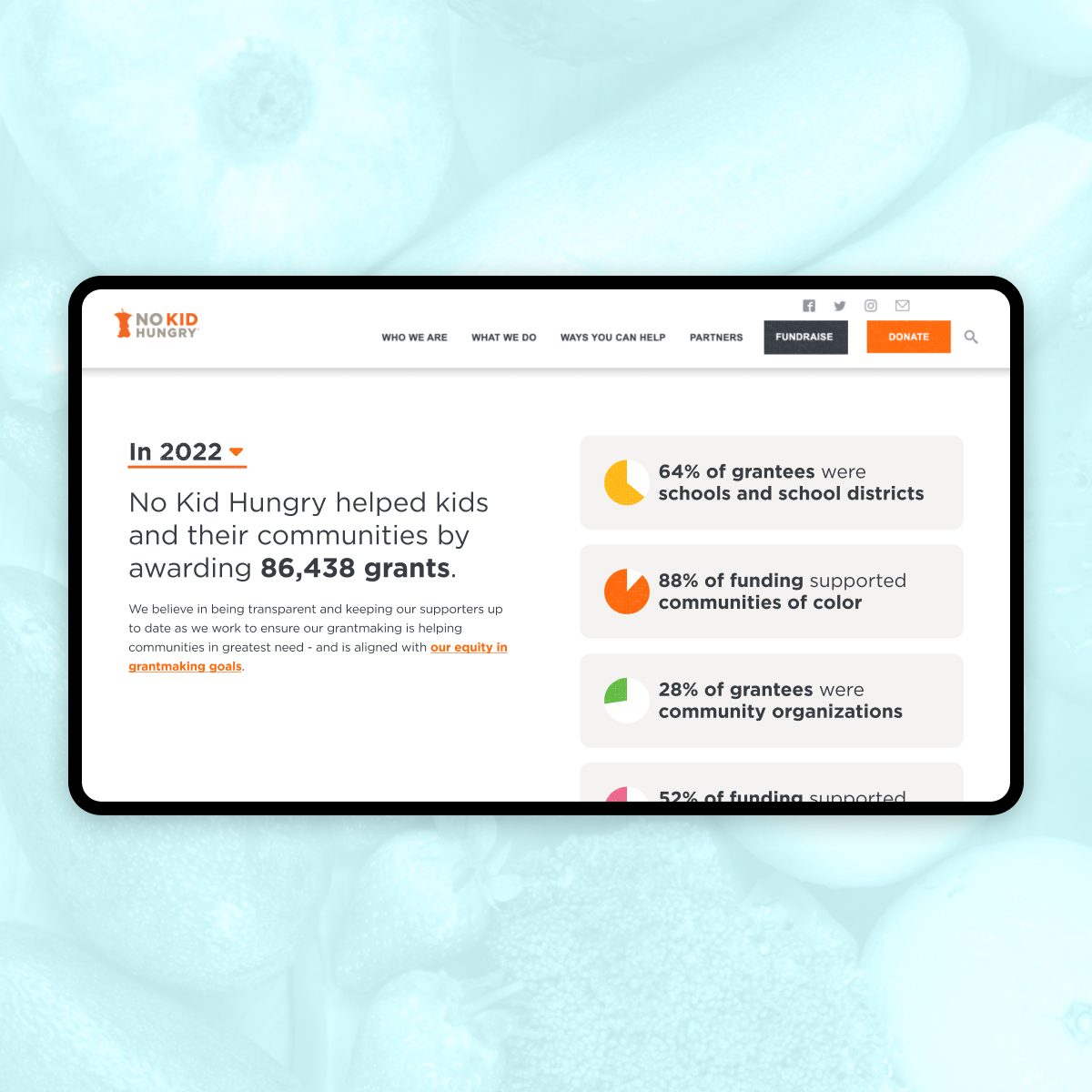The Challenge
The Disability Rights Education and Defense Fund’s (DREDF) former website had become unwieldy, often requiring manual updates by staff members. After nearly a decade, this process led to a lack of consistency in design and disorganization in the site's content. They sought a partner to redesign their website to adhere to the Web Content Accessibility Guidelines (WCAG) 2.1 and present DREDF as a trusted, respected, and prominent disability organization with fierce advocates and influence.
Our Approach
We worked with stakeholders to define the different types of content on the site and categorize it accordingly. This collaboration allowed us to hone in on the organization’s core audience groups and the available resources for each of them. It also solved the problem of irrelevant information on internal website pages.
The Results
We migrated DREDF from a WordPress multisite to a single WordPress site that dynamically updates content. With this new setup, editors can publish and edit content in one central location, and these changes will automatically apply across the entire website. Additionally, we built a highly accessible, filterable search page that organizes posts into collections tailored to the users' preferences, making it easy to find exactly what they need.







